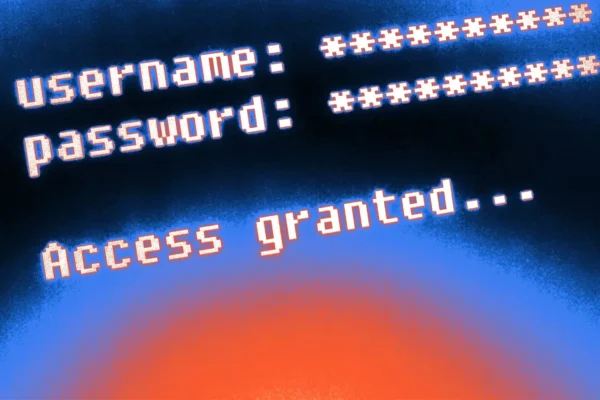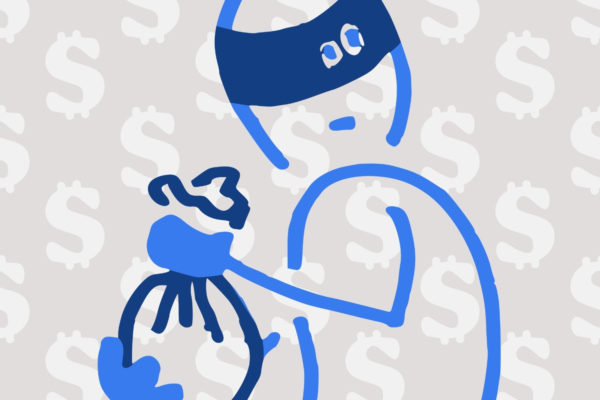
Card Skimmers and ATM Fraud: What You Need to Know

Fraud is at an all-time high in the United States and across the globe. According to the FBI, fraud tactics like card skimming cost financial institutions and consumers more than $1 billion each year. In the first half of 2022 alone, card skimming was up over 700%.
If you use your debit card with any frequency, it’s important to be aware of the techniques fraudsters are using to steal people’s sensitive information. The best way to protect yourself from ATM fraud is to know what to look for and take the right precautions.
In this article, we’ll talk about card skimming and other popular types of ATM fraud and cover ways that you can keep your financial information out of the wrong hands.
Types of ATM Fraud
Using your debit or credit card is probably second nature to you at this point. Unfortunately, scammers have turned to the financial technology we use the most to scam people out of their money.
The following are a few common types of ATM and card fraud that consumers should be aware of.
Card Skimming
Card skimming is among the most common techniques used by criminals to steal the information off your card without your knowledge. Skimming occurs when a scammer installs a small and unobtrusive card-reading device on the ATM or point-of-sale (POS) terminal itself. The device is inserted or placed over the ATM’s real card slot, so when you enter your card, it scans and scores your information on a magnetic slip.
Usually, a hidden camera is installed in the card reader, atop the ATM, within a fake keyboard cover, or somewhere off to the side to also record your PIN as you enter it. Fraudsters can then freely use your card, since they have the card information and the PIN to go with it.
Card Shimming
Shimming is a similar technique. However, instead of using an external device that goes over the terminal, shimming steals chip-read card data with a device that’s internal and not visible.
The data stolen from a shimming scam can be used to create a new usable magnetic-stripe card. Meaning someone can take the info from the card and create a new one that is still linked to your account.
In shimming scams, the ATM usually continues to function normally, making it difficult to spot. The thief returns later to retrieve the device and its cache of stolen data, and you remain unaware you’ve been robbed until checking your bank statement.
Other Types of ATM Fraud
While card skimming and shimming are the two most popular fraud methods, there are other types to be aware of.
Card Trapping
Card trapping is one of the oldest forms of ATM fraud and involves a criminal placing a device, such as glue or tape, over the card slot on the front of an ATM machine.
When unsuspecting users insert their card into the machine, it gets stuck in the slot and cannot be retrieved. Criminals then use this opportunity to steal personal information from users’ cards or withdraw money directly from their accounts.
Jackpotting
Another form of ATM fraud is known as jackpotting. This occurs when criminals connect a laptop or other device to an ATM to gain access to its internal computer system.
Once they have control over the system, they can manipulate it so that all amounts withdrawn are sent directly into their own accounts rather than those belonging to legitimate customers.
Keyboard Jamming
Lastly, consumers should be aware of keyboard jamming. This type of scam involves criminals placing devices inside ATMs that prevent users from utilizing key buttons, such as the ‘enter’ or ‘cancel’ button.
The idea is to get unsuspecting people to insert their card to withdraw money. When the transaction doesn’t go through due to the jammed buttons, the victim leaves the ATM frustrated— only for the scammers to swoop in, complete the transaction, and take the money you were attempting to withdraw.
How to Avoid ATM Fraud
Luckily, there are ways consumers can protect themselves from skimming, shimming, and other types of fraud.
1. Avoid standalone ATMs.
Avoid using standalone ATMs located in convenience stores, malls, entertainment venues, and other locations. Instead, stick to the ones monitored by banks or credit unions. Criminals are aware the freestanding machines often lack security features and regular surveillance, making insertion of skimmers or shimmers much easier.
2. Check ATMs for tampering.
Before using any ATM, check for signs of tampering. Signs include pinholes, new adhesive, or new parts near the number pad, such like a metal plate that displays bank information but is actually a mask for a camera or skimmer.
No parts on the ATM should be loose, overlapping, incorrectly aligned, or different in color or material than the rest. Don’t hesitate to pull or wiggle parts to check for looseness (without damaging the ATM!). If there are adjacent ATMs, make sure they look identical.
3. Cover the PIN pad when using.
Even if no one is around, use your hand or an object to cover the PIN pad as you enter your PIN number. You never know who is watching around you or through a nearby camera.
4. When in doubt, pay another way.
If you have any doubts about the legitimacy of an ATM or point-of-sale terminal, pay another way or don’t use it at all. Mobile payment options, for instance, are a great alternative that can keep your information secure, even if there is fraud technology present.
5. Monitor your debit card accounts.
Consistently monitor your bank transactions for unauthorized charges and dispute unauthorized charges or withdrawals immediately. For maximum security, set up notifications on your phone that alert you every time a transaction is made on your card.
Be Vigilant and Stay Safe
It’s important to be aware of these types of ATM fraud so that you can take steps to avoid becoming a victim yourself. Make sure you always inspect ATMs before using them and shield your PIN while typing it in. These two simple steps alone can help you protect your finances and ensure that criminals aren’t able to access your account without authorization.
Become an Amplify Member
Every Amplify account holder enjoys fee-free banking. That means no overdraft, maintenance, or other banking fees cutting into your pocket.


